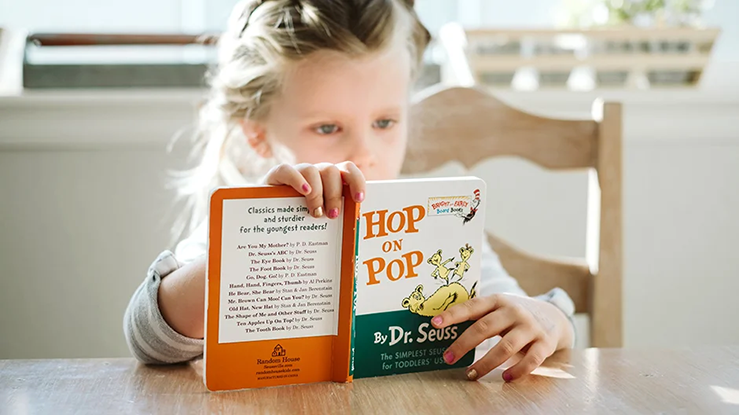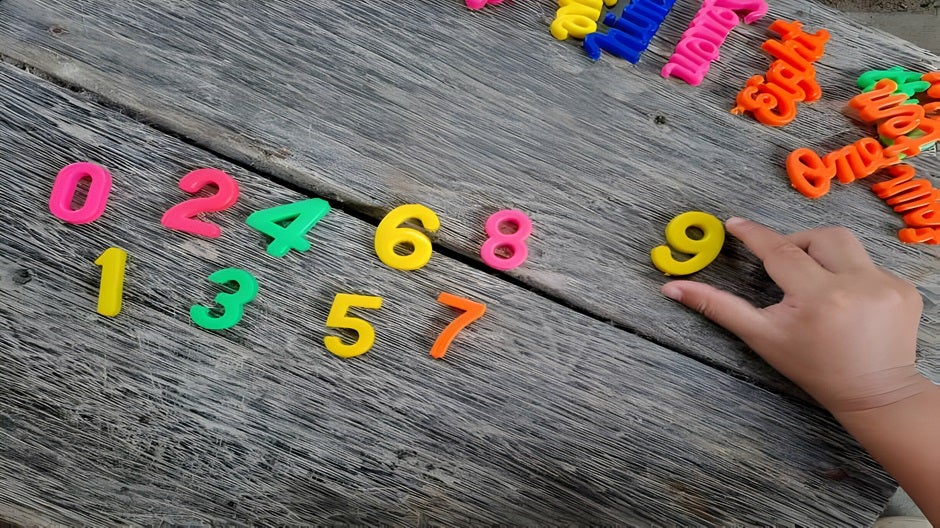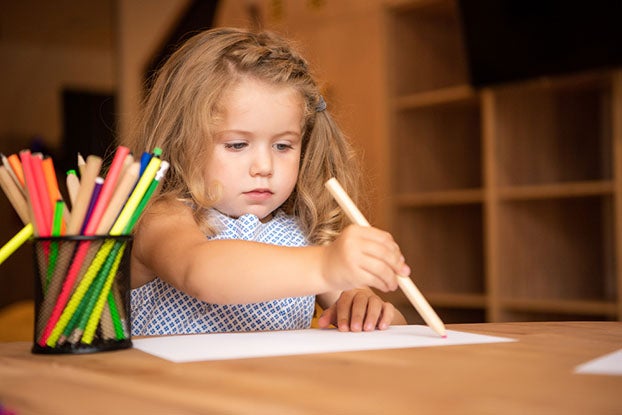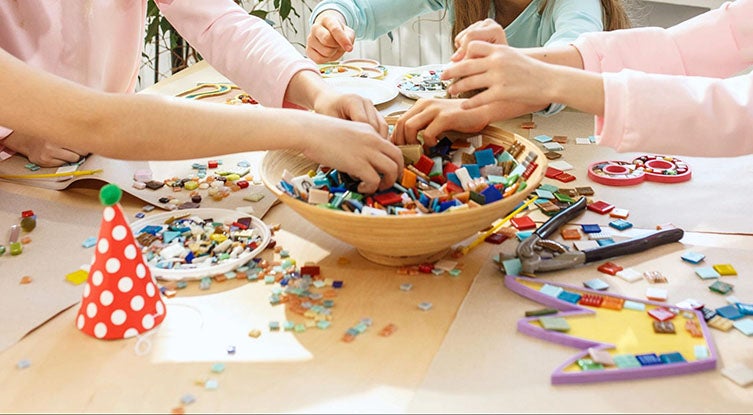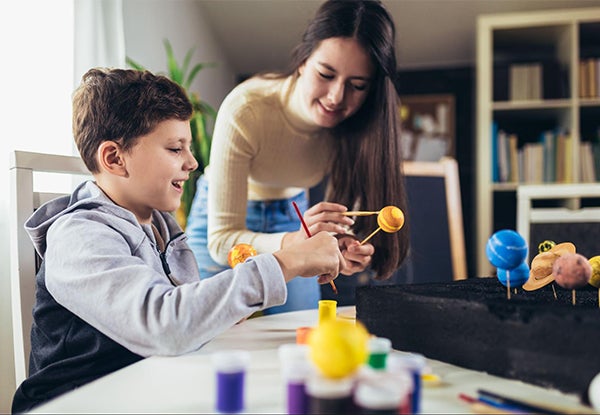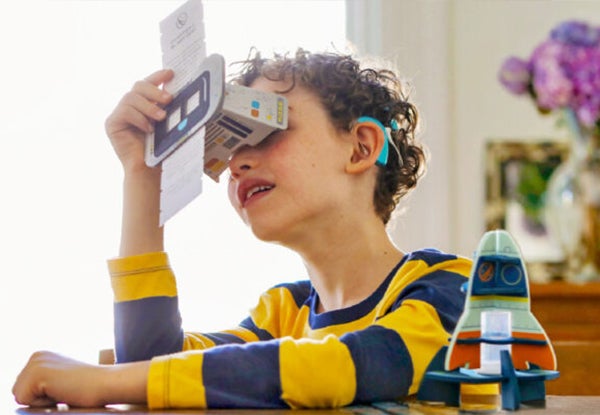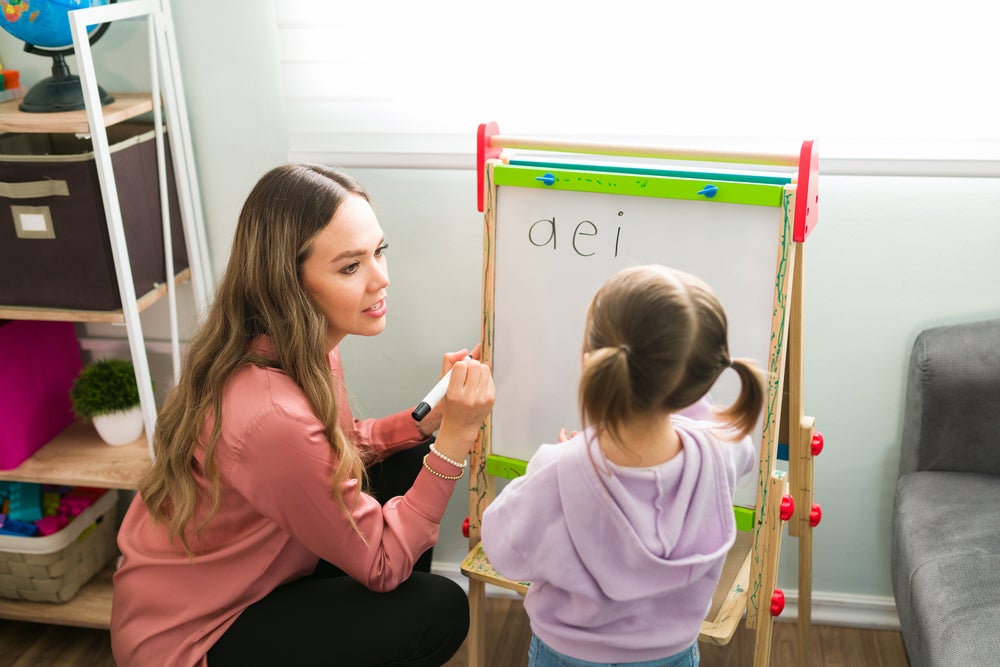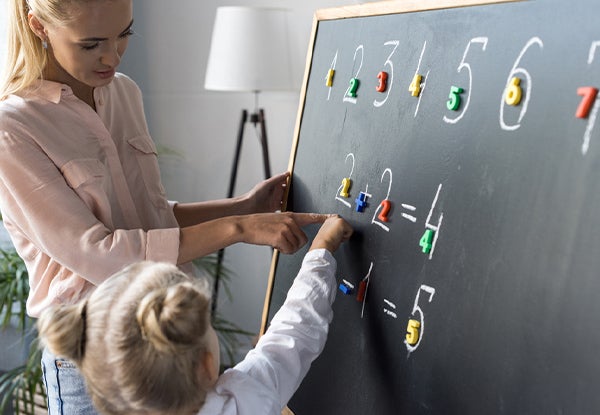With the right encouragement and practice, your child can develop strong 2nd grade reading comprehension skills.
In the process, they’ll learn a wide variety of important things, including recalling facts and details about what they’ve read, recognizing similarities across stories, and applying and transferring what they’re reading to other aspects of their life.
In this article, we’ll discuss strategies and tips you can use to build your child’s reading comprehension right from the comfort of your own home.
Table of Contents
- Strategies for Building 2nd Grade Reading Comprehension
- Tips for Improving 2nd Grade Reading Comprehension
Strategies for Building 2nd Grade Reading Comprehension

As you set out to improve your child’s 2nd grade reading comprehension, continue with the strategies you used to stimulate 1st grade reading comprehension, but introduce more advanced activities to take them to the next level.
Above all, set aside time for reading—together and independently—and make the activity as fun as possible so your child enjoys picking up a book.
Here are some strategies you can use to inspire your child to read.
Read Together Every Day
As your child continues to grow and develop, they’ll read more on their own. But that doesn’t mean that reading together is any less important.
Set aside time every day to read to your child (bedtime is great for this), but also set aside time to read with your child.
Even if it’s just half an hour a day, sit down on the sofa or at the table together and read independently together—you from your book, them from their book.
Reading to and with your 2nd grader as much as possible can help reinforce the skills that will play an important part in their learning journey.
Visit the Library Often
Libraries are amazing places and are worth visiting as often as possible. Seeing shelf after shelf of books can inspire your young reader to branch out into new areas of knowledge and to follow their own curiosity (more on both of these later).
Let them browse age-appropriate books—below their reading level, at their reading level, and above their reading level—and teach your child good reading habits (and responsibility for things that aren’t theirs) by letting them check out their own books.
It can also be fun to get them involved in library programs that stimulate their curiosity and motivate them to read.
Introduce Different Types of Books
Up to this point, you may have been reading a lot about green eggs and ham and other make-believe subjects—and that’s great!
But to stimulate your child’s 2nd grade reading comprehension, introduce different types of books into their reading repertoire. Consider nonfiction titles like the DK Eyewitness series or the National Geographic series to build their knowledge of the real world.
You may also want to introduce longer books with chapters to start laying the foundation for third grade and beyond. And it can be beneficial to read books on a wide variety of topics to see what your child is interested in and what piques their curiosity.
Converse, Don’t Quiz
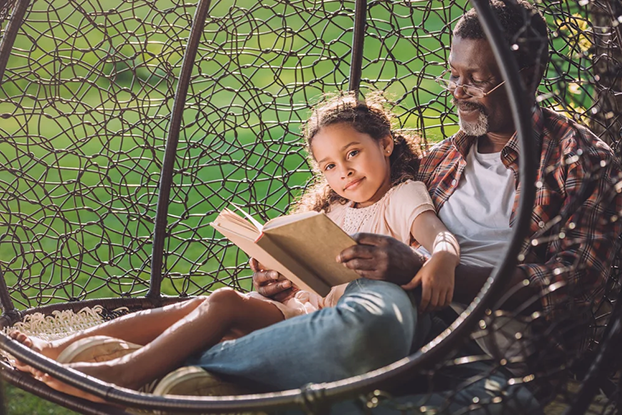
Regardless of the subject matter, talk with your child about what you and they are reading. When you do, make this time a conversation, not a quiz.
Ask open-ended questions and find out how your child feels about what they’ve read, rather than just the facts about the text. Facts certainly have a place in the discussion, but you don’t want it to be all about recall.
Talk about how you feel and how they feel about what the character is going through, what they can learn from the story, and how your child can apply that to the world around them.
Include Storytelling and Audiobooks
In many ways, 2nd grade reading comprehension is all about exposing your child to new things like language, story structure, and knowledge about the world. To that end, you can include other forms of learning into your reading time, such as storytelling and audiobooks.
These are great ways to supplement the books your child reads and engage other aspects of their imagination.
That said, don’t rely on these two methods as the only reading your child does. They need to see the words on the page and develop the intelligence to comprehend those words, and they can’t get that from just hearing the story read.
Encourage Your Child to Apply What They Read
You can lay a good foundation for learning—and for life in general—by encouraging your child to apply and transfer what they read.
For example, if you’re reading Green Eggs and Ham by Dr. Seuss, don’t just close the book at the end of the story and call it a day. Discuss the lesson they can learn and how trying new foods is a great way to discover delicious treats (i.e., applying the information to their real life).
Then discuss how they can transfer that lesson to other parts of their life (trying new sports, making new friends, going new places).
Keep in mind that you don’t have to restrict the “apply and transfer” lesson to the few minutes after finishing the story. If your child is struggling with trying a new food some time down the road, bring up the story and the lessons learned to help them connect the dots.
Tips for Improving 2nd Grade Reading Comprehension

Set Aside Time for Independent Reading
We’ve talked about various new activities you can introduce to help your child strengthen their reading comprehension. But that doesn’t mean you have to leave the other activities behind.
On the contrary, setting aside time for independent reading is still one of the best things you can do for your child. If you have the time, sit down in the same space with your child and read independently beside them.
Doing so shows your child just how important reading is to you and can help them build good habits that will last a lifetime. Keep in mind that 15 to 30 minutes is plenty of time at that age. But if they want to read for longer, that’s wonderful!
Travel with Reading Material
Earlier, we mentioned incorporating storytelling and audiobooks into your repertoire, which is especially helpful when you’re traveling. But, again, that doesn’t mean you should forgo regular books completely.
In fact, we encourage you to keep reading material in your purse or “go bag” for the times when your child needs something to do.
Books can provide excellent learning opportunities while you’re:
- Shopping
- Waiting for an appointment
- In the car (without an audiobook)
- Waiting for the bus
- Taking a break at the playground
Let Your Child Choose the Books They Want to Read
On your trips to the library, let your child choose the books they want to read. This can help stimulate their curiosity and allow them to explore their interests in more detail.
Giving your child the freedom to choose books is also a wonderful way to get them excited about all the other aspects of the reading adventure, including:
- Going to the library
- Learning new things
- Reading independently
- And much more
It can also be incredibly beneficial to allow your child to choose books outside their reading level (e.g., 3rd and 4th grade material if appropriate). This allows them to stretch their abilities and apply what they’ve been learning to more difficult subjects and texts.
Celebrate Reading Success
Regardless of your child’s comprehension level, always celebrate their reading success. When they finish a book, congratulate them, give them a hug, and take a few minutes to ask how they liked it, discuss the storyline, and find out what they want to read next.
You can also take this opportunity to engage them in some other form of play using the story they just read. For example, ask them to draw a picture of part of the story and then have them describe what’s going on in their own words.
Keep the celebration going by commending them for the good job they did on the drawing.
Inspire Your Child to Read With HOMER By Begin

As you continue to encourage your child to build their 2nd grade reading comprehension, the Begin team is here to help.
Our learning products—including the HOMER app—and parent resources are designed to inspire your young reader and help them to thrive in second grade and beyond.
HOMER’s four-step approach (Introduce, Practice, Apply, Transfer) goes beyond rote memorization to build confidence, make connections with other subjects, and foster a life-long love for reading.
Take a look at HOMER to discover just the right reading exercises, games, and activities for your child. And for more information on everything we offer and why families love learning with Begin, visit BeginLearning.com today.
